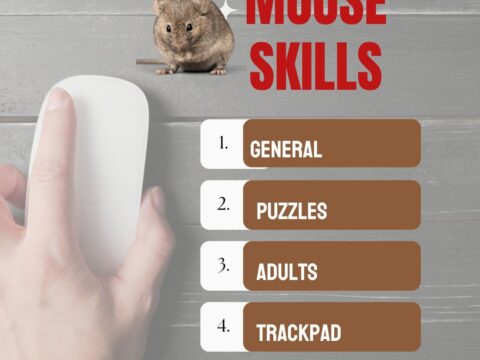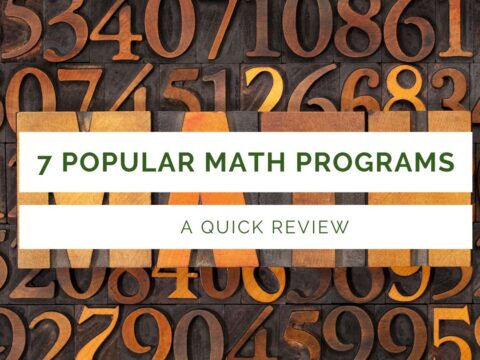 When the nice people at MindMaple contacted me about reviewing their product, I was intrigued. I like finding tools that enhance education for students and improve a teacher’s ability to communicate ideas. Plus, ‘mind mapping’–a visual approach to thinking and sharing–is quite popular in education so I agreed to take a look. Though MindMaple is for business and education, I’ll review it only from the educator’s point of view.
When the nice people at MindMaple contacted me about reviewing their product, I was intrigued. I like finding tools that enhance education for students and improve a teacher’s ability to communicate ideas. Plus, ‘mind mapping’–a visual approach to thinking and sharing–is quite popular in education so I agreed to take a look. Though MindMaple is for business and education, I’ll review it only from the educator’s point of view.
In education, mind mapping is used to organize lesson plans, dig into complicated ideas, and brainstorm. It allows you to sort ideas and concepts through topic boxes that spill into myriad layers of subtopics. Think of an organizational chart, but for ideas, not people. Mind maps are created by brainstorming as a group or an individual. They begin with a central idea and expand outward to more in-depth sub-topics that can cover any level of minutiae. Unlike organization charts, mind maps use colors, images, icons, as well as words to get ideas across to others.
A program called Inspiration is the most popular mind map resource for educators, but I personally couldn’t get comfortable using it. I took so long figuring out how to use the tools (most likely because I didn’t use it often enough) that I lost track of my brainstorming. I like the idea of visually presenting thoughts. I see its merits in the classroom so I was excited to look at an alternative.
First glance at the MindMaple website, I didn’t see the education connection. The marketing blurbs made it sound like a business application (“…can be used for a wide range of tasks, from project management to setting up personal schedules or plans…”). I looked for a tab–even a link–that said Educators, but found none.
I left the website and googled it. There are quite a few programs out there for mapping ideas. Inspiration I already mentioned. There’s also FreeMind and iMindMap. What new features did MindMaple bring to the party? Would they make the educators job more effective if not more efficient?
One of the links that showed up on Google was a YouTube video. I sat back with my coffee and pushed go. A minute and a half later, I was sold on MindMaple. See what you think:
Re-invigorated, I returned to the website and went to the ‘free download’ link. The best way it seemed to test this software was to use it. I had questions. Is it really as easy as YouTube made it look? If so, what tools does it provide that other applications don’t? Is there sufficient value to justify $99 (on sale)? Here’s what I found out:
- It is easy to use. In fact, it’s intuitive. I can draw on knowledge from other programs to use this one and most of it works. Not all, but I got through many of the basic steps without any trouble.
- The tools are familiar–like you’d find in MS Office. I didn’t need to learn a whole new program to use MindMaple.
- The interface is clean, simple, without the distractions I saw in several competitors. Yes, more bells and whistles might improve the appearance of the map, but Mind Mapping is about brainstorming, not presenting fully-fleshed ideas. For me, bling distracts. Visual ease encourages creativity.
- There are icons that can be added for a visual alert to what the cell is discussing. These are great for people who focus on images first and text after
- It was easy to move entire branches to balance the map
- The interface allowed me to connect pieces of the map to show their relatedness. For example, I connected ‘Skills’ to ‘Assessment Strategies’ to remind myself that’s what I wanted to test.
- With one click, resized the map to fit a page. This is invaluable, considering how easy it is to wander when brainstorming. In this way, I can see all the pieces I thought of and move them if necessary to a new position
- With two clicks, I was able to alphabetize options under the topics. That helped me feel more organized
- Each topic can be collapsed (notice the + by topics in my example below) so you see only major issues, or expanded to show the fullness of the brainstorming. This makes it easy to share with others and assign responsibility if you’re on a team.
- I like the tabbed worksheets. As in Excel, I can keep related mindmaps together
- With no trouble, this MindMap became a great place to collect all the resources I would use to teach students Scratch
Here’s a MindMap I created with MindMaple to organize my ideas for a Scratch class I want to teach:
Nothing’s perfect, so I have one issue I’d like to see changed:
- Mindmaps can’t be embedded. This feature would enable me to add it to my fifth grade wiki and ask for student input. All I can do is export it as a jpg and share my thoughts. In today’s education world where ‘collaboration’ is the cornerstone of lessons, I’d love to see this changed.
Overall, MindMaple compares favorably to its major education competitor, Inspiration. I found it easier to use, its tools less distracting from the real purpose of mind mapping software (which is to promote thinking), and the end result clearer.
Jacqui Murray has been teaching K-18 technology for 30 years. She is the editor/author of over a hundred tech ed resources including a K-12 technology curriculum, K-8 keyboard curriculum, K-8 Digital Citizenship curriculum. She is an adjunct professor in tech ed, Master Teacher, webmaster for four blogs, an Amazon Vine Voice, CSTA presentation reviewer, freelance journalist on tech ed topics, contributor to NEA Today, and author of the tech thrillers, To Hunt a Sub and Twenty-four Days. You can find her resources at Structured Learning.





































